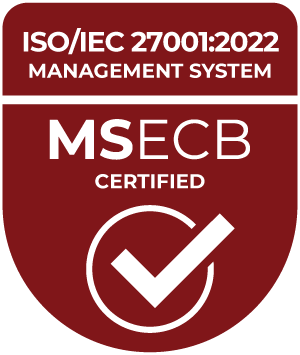In the 1990s and early 2000s, the call center was a second-class citizen within an organization. There’s no refuting that. Its where dissatisfied customers went with their issues and complaints. An afterthought for many businesses, the call center had no revenue-generating capability. In fact, it was largely seen as a cost-center and a liability. Relegated to the “backroom”, those in charge of the contact center did not have a seat in the boardroom. It wasn’t even a consideration at that point in time.
By the early 2010s, new “customer service” job titles arose along with the ascension of the call center’s profile. Chief Customer Officers and VPs of Customer Service made their way into company boardrooms and started having real seats at the table. In parallel, the call center transformed to include outbound sales campaign and inbound sales support functions. This transformation began from a once cost-based call center into today’s service/sales-focused “contact center” which includes email, SMS and chat (for example, Skype for Business) interaction support. Customer interaction centers became strategic assets within the organization and contributors to the bottom line.
Much like the recent elevation of the information security team, the contact center now had a voice and a staunch presence in the organizational hierarchy, and it still does. In fact, considering certain factors, its prominence continues to rise. Bigger budgets are being appropriated to the contact center. Blended agents are being trained to support incoming calls as well as solicit new business through outbound outreach. And contact center agents are being cross trained to manage interactions across different modalities.
Interestingly, however, Aberdeen research shows that only 58% of companies align contact center activities with the rest of their business. This is the key touchpoint which can empower the contact center to become an asset versus a liability. Unfortunately, some department heads still view the contact center as a liability. This needs to change as the contact center has shown it can provide substantial bottom-line value.
According to HubSpot, 63% of businesses struggle with generating traffic and leads. This is where the contact center can help. No longer just a support mechanism, it can serve as a lead generator, cultivator and converter. When agents are properly evaluated and trained, utilizing quality management software, for instance, they can successfully uncover sales opportunities in the form of upselling and cross-selling.
What’s more, the 2020 contact center can become a highly sophisticated gateway or ingress to an organization (inbound) as well as a precise, highly targeted sales outreach mechanism. Well-trained agents are now armed with contextual intelligence about customers as they call in or before the dialer reaches out. They can use this intelligence to generate more revenue from each interaction.
As you can see, what was once a corporate liability is well on its way to becoming a real, strategic, revenue-generating strategic asset with plenty of room to grow.




